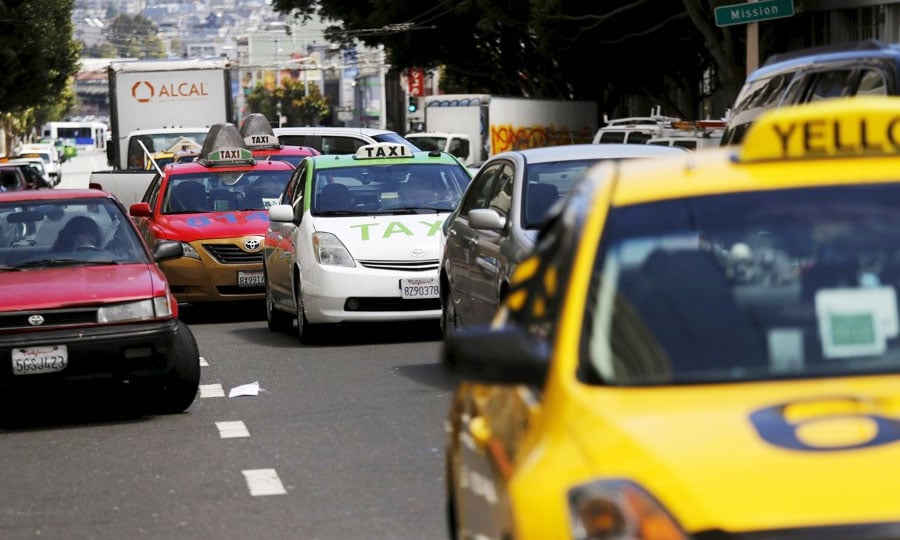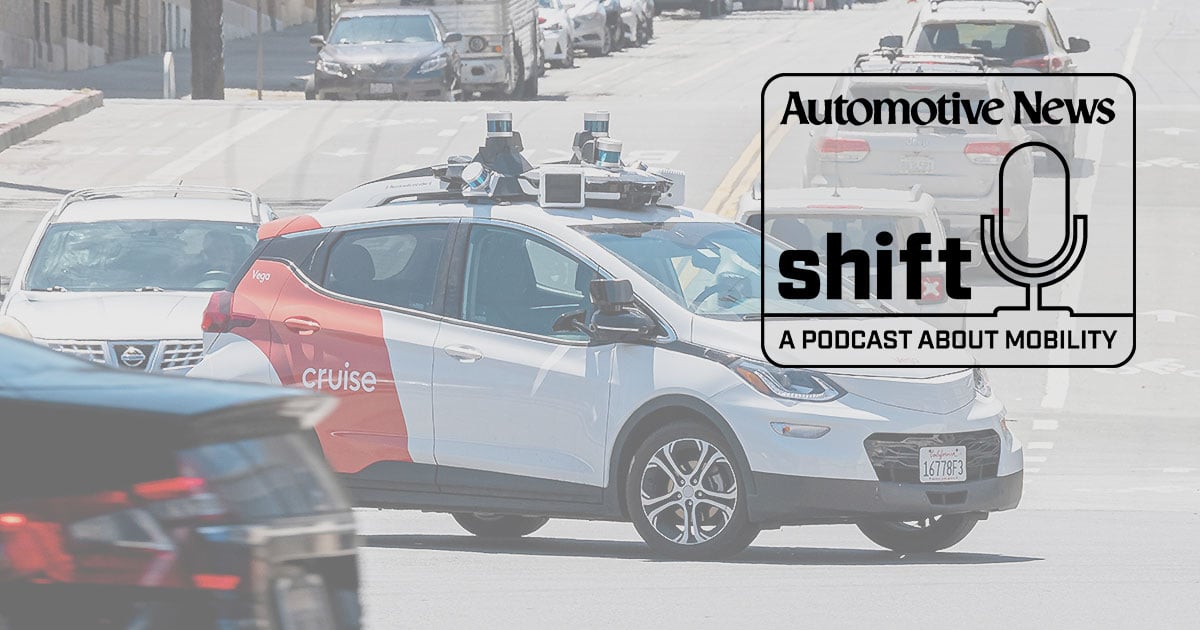<!–*/ */ /*–>*/
| In San Francisco, being a human instead of a robot will cost you |

Want to drive a taxi in San Francisco? You’re better off as a robot.
Hundreds of human taxi drivers in the city purchased taxi medallions for $250,000 — then some saw their wages plummet. Human drivers may receive tickets for violating traffic rules. They are required to participate in programs that provide rides for elderly people and those with disabilities in San Francisco.
Robotaxis such as those run by Waymo and Cruise are subject to none of those pesky regulations, and they’re about to operate in greater numbers following a vote by the California Public Utilities Commission last week. At the root of most of these disparities is the way vehicles are categorized and managed in California. Cities govern taxis while the state regulates buses, limousines, ride-hailing vehicles and, yes, robotaxis.
“It is a deeply felt sense of unfairness amongst the taxi drivers and especially those who bought the medallions,” said Evelyn Engel, a member of the board of the San Francisco Taxi Workers Alliance.
The divergent regulatory treatment of human-driven taxis and robotaxis has roots in the state’s handling of ride-hailing services such as Uber and Lyft. Decisions made in the early 2010s have now entrapped San Francisco, leaving the city without the ability to control even simple rules such as how many robotaxis should roam its streets.
“It’s very hard to explain to constituents that we literally have about as much control over autonomous vehicle regulation as we do over the cost of tires in Brazil,” said Aaron Peskin, president of the San Francisco Board of Supervisors that represents neighborhoods including Chinatown and Fisherman’s Wharf.
—Molly Boigon
What you need to know
In-car USB ports are switching to a new standard: But not everyone is all-in as some automakers are moving at a slower pace to keep customers happy and their devices plugged in.
Leasing an EV is the cheapest way to get a new car, study says: Energy Innovation, a nonpartisan energy and environmental policy firm, said leasing an EV reaps government incentives and fueling and maintenance savings.
U.S. Treasury misses deadline to define green hydrogen: The Treasury Department had a year from the passage of the Inflation Reduction Act to release guidance on implementing the hydrogen production tax credit. Producers say they expect the delayed guidance in the fall.

Roundup
Here are 18 Emerging Technologies.
EV battery producer Northvolt raises $1.2 billion in latest funding round for factory build out.
European nickel firm eyes Texas for $400 million EV battery-metal plant.
Startup EV maker Canoo narrows Q2 net loss to $71 million.
Amid another reset, Shift Technologies is evaluating options to raise additional capital.
Brain food
Who will own the connected mobility experience? (Hint: It’s a trick question)
Last mile
‘Whoa!’ EV maker VinFast’s U.S. ad debut features Joey Lawrence, and his catchphrase.